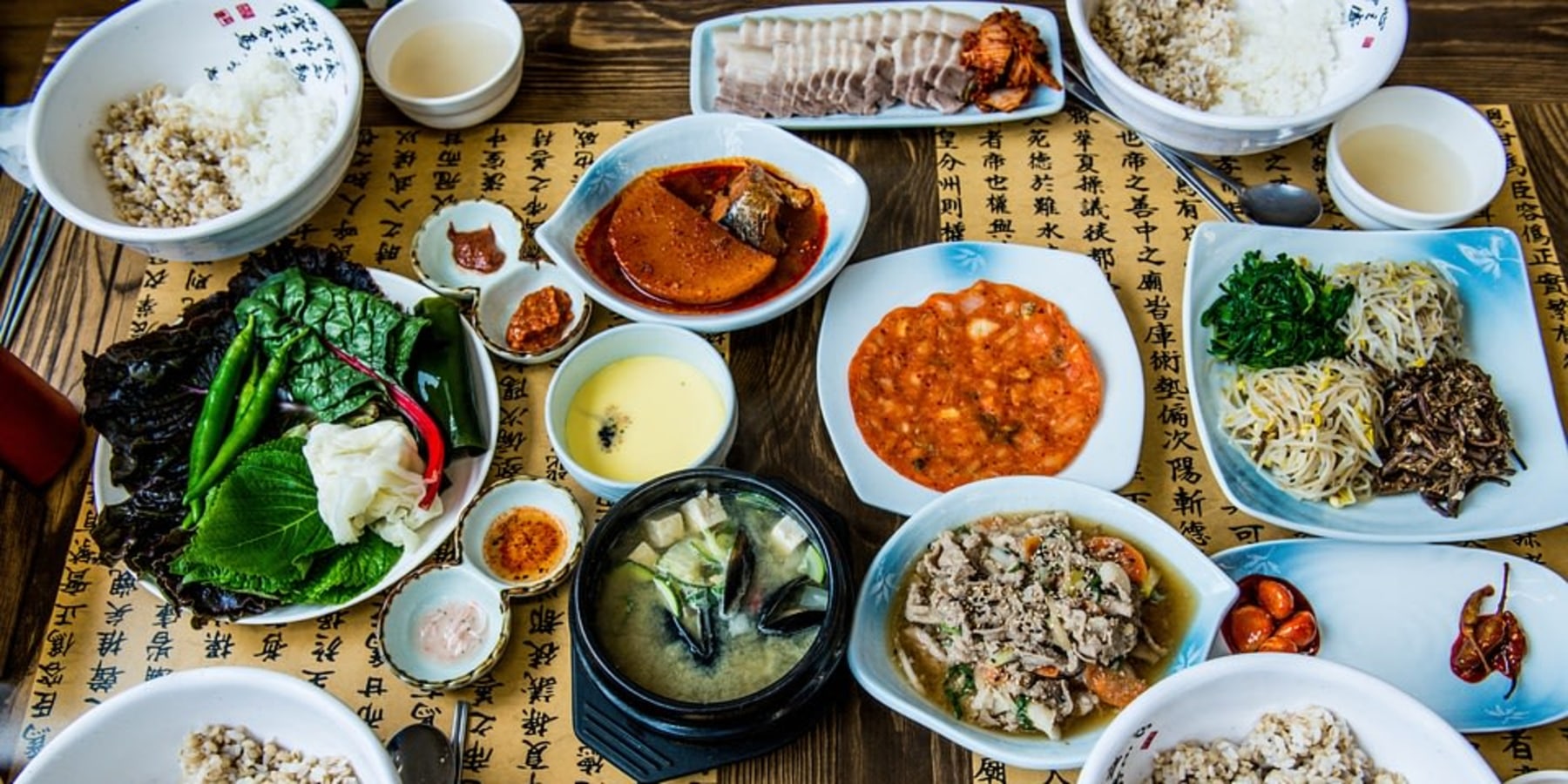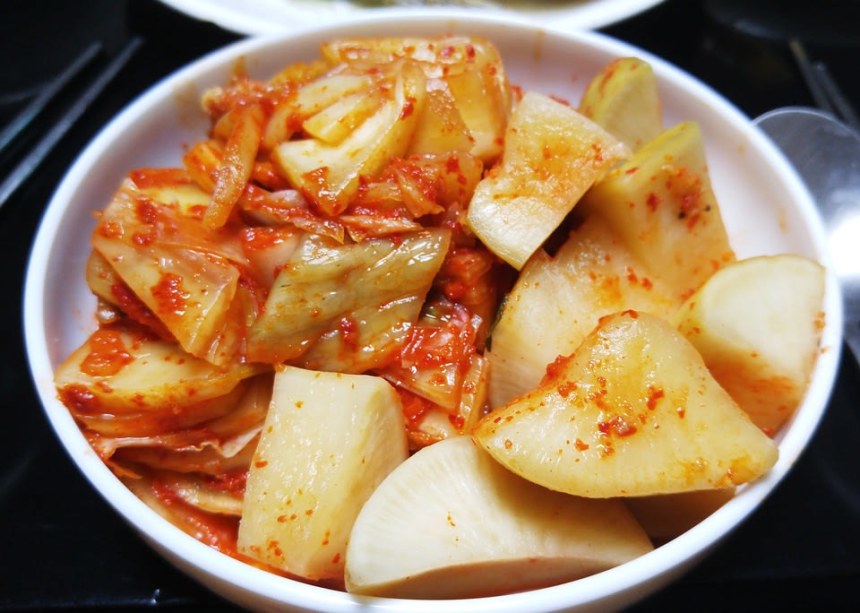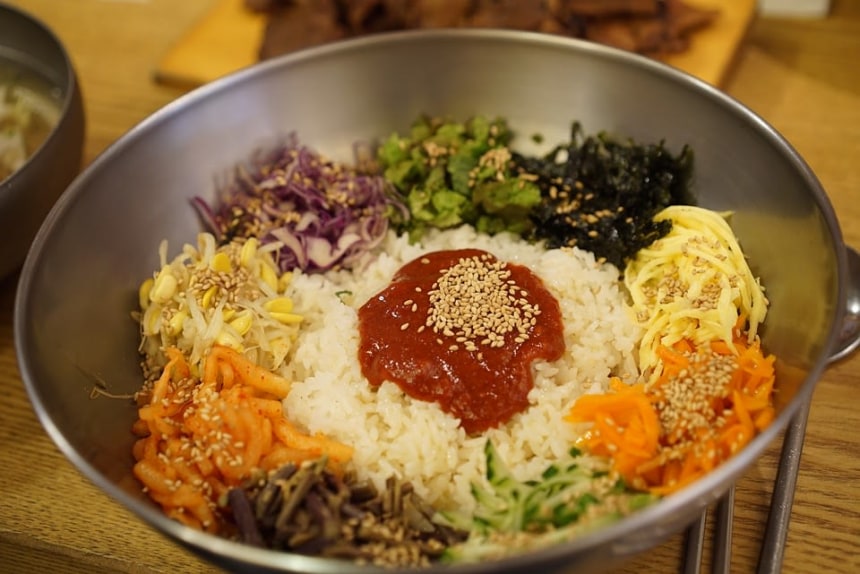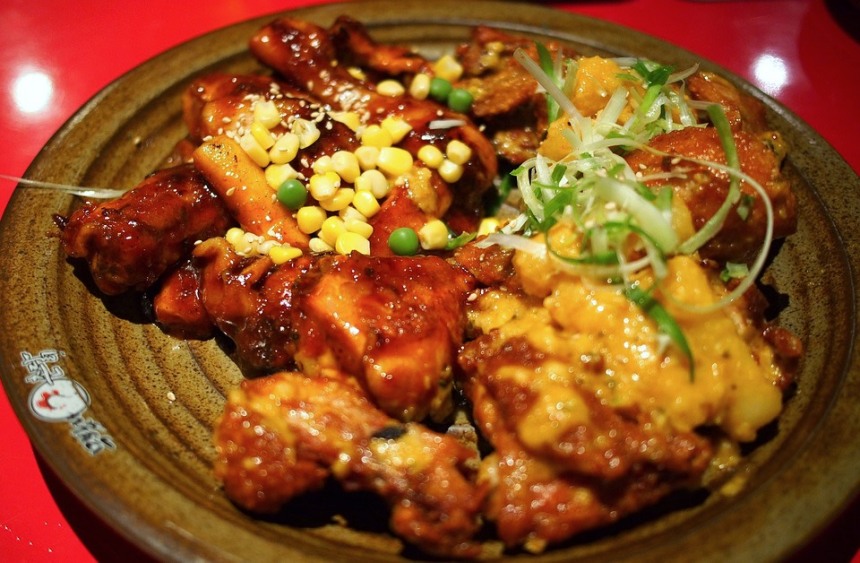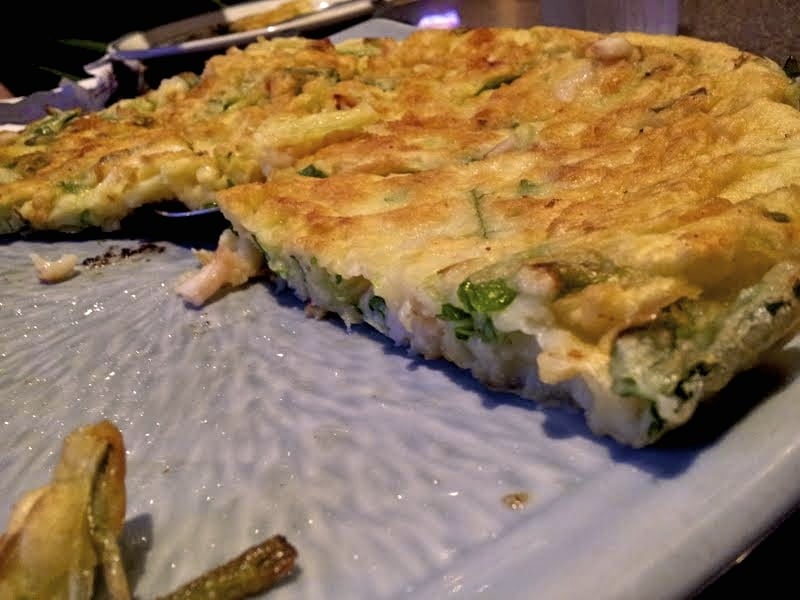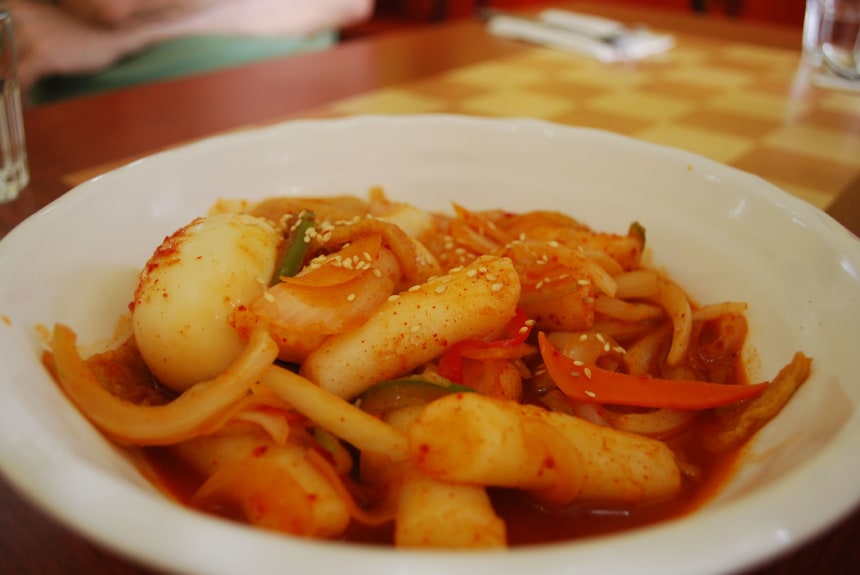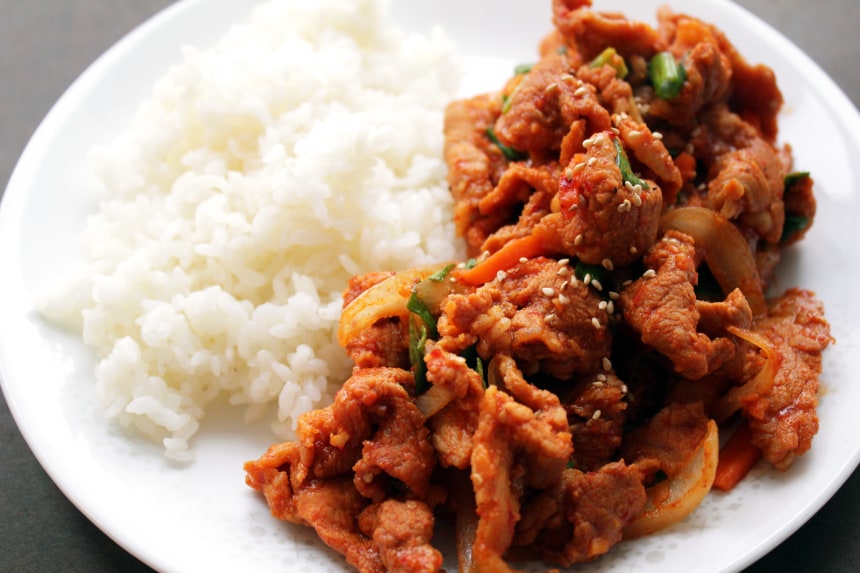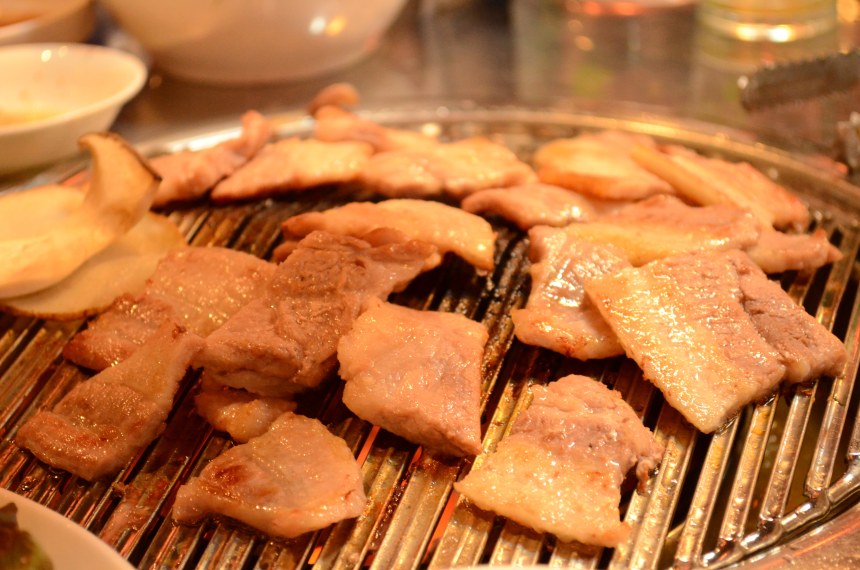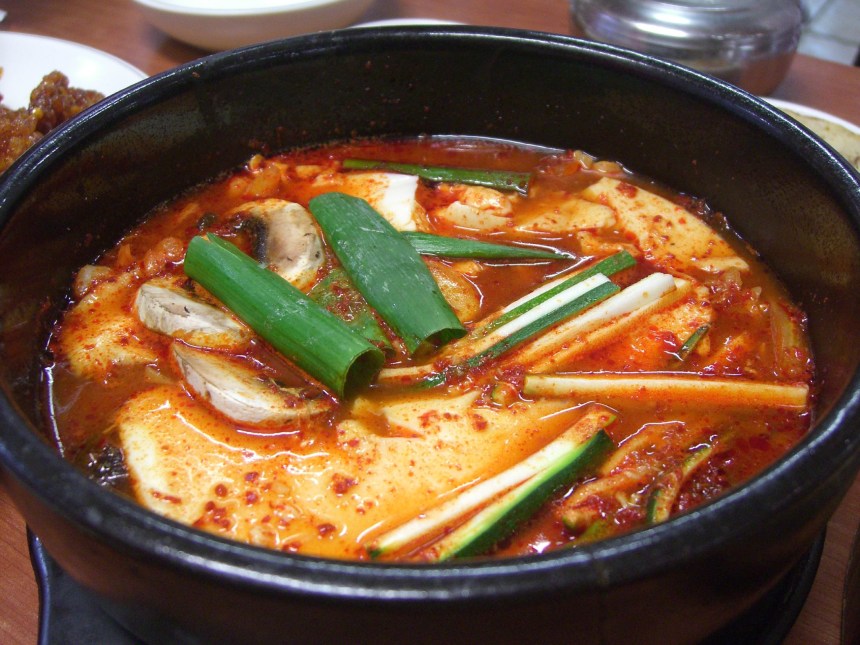| 8 mins read
Ross Cameron
South Korea is mad for food: the country’s most popular soap operas are focused on dining room drama; online food bloggers are some of the biggest celebrities, and its gastronomy is quickly climbing the ranks of the world’s coolest cuisines. This is unsurprising, as the South Korean government is investing millions of dollars into making Korean gastronomy a worldwide phenomenon – who knows maybe soon kimchi and bibimbap will be as ubiquitous as pizza and pasta across the globe.
While Korean barbeque joints, kimchi producers and bibimbap restaurants are opening up in some of the coolest European and North American cities if you really want to experience this fiery cuisine at its best you have to go to South Korea itself. Although Korean cuisine does not have the same regional diversity found in China and Japan, this food lover’s guide to Korea will explore the country’s most iconic dishes to make sure that you know your kimchi from your gimbap and pajeon.
Kimchi: a Korean classic
Beginning as a pickling method to preserve vegetables during Korea’s long winter months, kimchi has since evolved to become the country’s national dish. Indeed, as it is served up during every meal (even breakfast) kimchi is pretty much unavoidable when dining in South Korea. It can also be a love it or hate it dish, as its fluorescent red hues, flaccid texture and fiery spice tend to elicit a strong response from travellers trying it for the first time.
Typical kimchi (known as the baechu variety) is primarily made from a pickled Chinese cabbage that is lathered in salt, ginger, red pepper powder, green onions and fish sauce before being left to marinate in a sealed container for as long as a year. Other varieties contain a mixture of other vegetables alongside the Chinese cabbage, such as aubergine cucumber and pumpkin. Indeed, it is common for Korean families to have their own kimchi recipe that is passed down through the generations.
Whatever the primary vegetable, the result is one of the world’s most unusual flavour combinations, think equal parts astringent tang and jaw-clenching sourness complemented with a salty umami undertone. This flavour will linger throughout your meal, but once you get a taste for this fermented dish you will be left craving more. While kimchi is usually a side dish, it can also be the main event as the bossam variety mixes pork or seafood through the cabbage mixture making for a hearty meal.
Bibimbap: Jeonju’s star attraction
Originating in the ancient city of Jeonju, which was the ancestral homeland of the Joseon Dynasty, bibimbap is another bona fide Korean classic. Sometimes simplicity is key to great cooking and the bibimbap does just that, as it is a blank slate that can be used to showcase the best of Korea’s produce.
Every bibimbap starts of the same: a layer of pillow-like rice upon which the chef piles on seasonal vegetables, a bright orange chilli sauce known as gochujang (beware – this sauce is extremely spicy) and an egg, which is usually fried but can sometimes come boiled. In Jeonju bibimbap is one of the city’s biggest attractions, especially the variety that comes smothered in mung bean sprout jelly – a local delicacy that tastes much better than it sounds.
Korean fried chicken: a mouth-watering Korean American fusion
Known locally as yangnyeom tongdak, Korean fried chicken is probably South Korea’s most popular street food. Popularised by American soldiers stationed in the country following the Korean War, this dish brings together everything that is so moreish about American style fried chicken and the tanginess of Korean spices – in short, it is the best kind of culture clash.
Korean fried chicken is double-fried for extra crispiness and coated in a variety of different sauces. The most popular of these is a spicy honey sauce that is packed with garlic, spring onions and sesame seed paste and the gochujang that is used in bibimbap. The best way to enjoy this unrivalled fusion food is from one of the many street food stalls that can be found in the late-night entertainment districts of South Korean cities, such as Seoul’s Gangnam. However, this fried delicacy is also served up in many bars as part of a chimek deal that combines the English word for chicken with the Korean word for beer, mekju.
Pajeon: carb-loading Korean style
Stuffed with spring onions and leeks, pajeon is a delightfully fluffy pancake that will make you turn your back on American style pancakes for good. With a batter made from flour, mashed potatoes, eggs and spices, the pancakes are best enjoyed on a cold winters day when your body is craving some carb-loaded goodness. For the best taste make sure to dip them in soy sauce before digging in.
Along South Korea’s coastline, particularly in the country’s beachside second city of Busan, you can also find haemul panjeon – a variation on the classic pancake recipe that sees local seafood such as mussels, squid and prawns mixed through the batter.
Tteokbokki: Korea’s spiciest dish
For lovers of all things spicy, there is no better Korean dish than tteokbokki – a fried rice cake smothered in the country’s devilishly hot gochujang sauce. This rice dish used to be only allowed to be eaten within the walls of the imperial palace but today it has become one of South Korea’s late-night specials devoured by hungry clubbers looking for something to soak up all the soju.
Most commonly shaped like a fluffy tube, the rice cakes literally swim in a deep red gochujang sauce that will set your mouth alight if you are not careful. Occasionally this dish can be found with slices of fish, boiled eggs or even noodles making it less of street food and more of the main dish. Take a food tour to taste this dish in various cities across Korea.
Bulgogi: a barbeque classic
Ranked as one of the world’s most delicious dishes by CNN, bulgogi (which literally translates as ‘fire meat’) is comprised of barbequed beef strips cooked with an assortment of delicious vegetables, such as garlic, cabbage and peppers, and served with ssamjang (a spicy red paste made from gochujang and soybeans). When it comes to eating this dish, it is commonly wrapped up in ssam (vegetable leaves).
While bulgogi restaurants have been popping up across the globe (including a now-iconic joint in the hip Berlin district of Kreuzberg), the best place to sample this fiery dish is in Korea where each table at barbeque restaurants has its own miniature grill where you can cook your dish to perfection. Moreover, bulgogi tastes at its most authentic when it is washed down with a Korean brand of mekju.
Hoeddeok: Korea’s answer to American-style pancakes
Sold as a popular street food across South Korea, particularly during the bitterly cold winters, hoeddeok is like a fluffy pancake crossed with an English scone. Made from a yeasty dough, the pancakes are often stuffed with a mouth-watering array of sweet treats ranging from jams to chocolate and sweet syrups to chopped walnuts. The most authentic filling for these pancakes is walnuts with syrup, cinnamon and brown sugar – which makes for a perfect winter warmer.
Samgyeopsal: a Korean love affair with pork
Pork is king in South Korea and in no dish is this more clear than samgyeopsal – a BBQ staple where thin slices of un-marinated pork are cooked on a tableside grill before being dipped in a garlic and sesame oil sauce and wrapped in gem lettuce leaves.
For the best samgyeopsal experience head to one of South Korea’s ubiquitous barbeque joints and wash this hearty dish down with a glass of soju or mekju. It is also not surprising for these restaurants to be some of the most boisterous, as they are a favourite for work nights out, which are ever-popular in South Korea’s work hard play hard culture. Ask your tour guide for the best place to have this dish.
Sundubu-jjigae: a spicy yet silky tofu soup
Usually made from a slowly simmered anchovy broth that is packed with the flavours of the sea, sundubu-jjigae is one of South Korea’s best-known stews. Defined by its use of silken tofu, which is un-curdled so is much softer than the more common harder variety of tofu, and spicy red gochujang paste, this stew is at once both creamy and fiery and will leave any visitor to Korea floored by its unusual flavours and textures. Beyond tofu, the dish also uses a wide variety of vegetables, such as courgette and spring onions, alongside shellfish and even occasionally pork – all in all, it is a true Korean feast.
“Over the past decade, Ross Cameron has travelled extensively across Europe, Southeast Asia, North America, North Africa, and the post-Soviet space. As someone who has areal passion for these regions of the globe, he is able to offer an expert opinion that highlights the best off the beaten track destinations.”
Image details and licenses: Pajeon: https://flic.kr/p/bwQg83 (James, CC BY-NC-ND 2.0), Tteokbokki: https://flic.kr/p/7q2ZRC (Alpha, CC BY-SA 2.0), Bulgogi: https://flic.kr/p/gNNnkR (Chloe Lim, CC BY 2,0), Samgyeopsal: https://flic.kr/p/9hbz19 (Adam Nicholson, CC BY 2.0), Sundubu-jjigae: https://flic.kr/p/4sHCL7 (Alpha, CC BY-SA 2.0)

